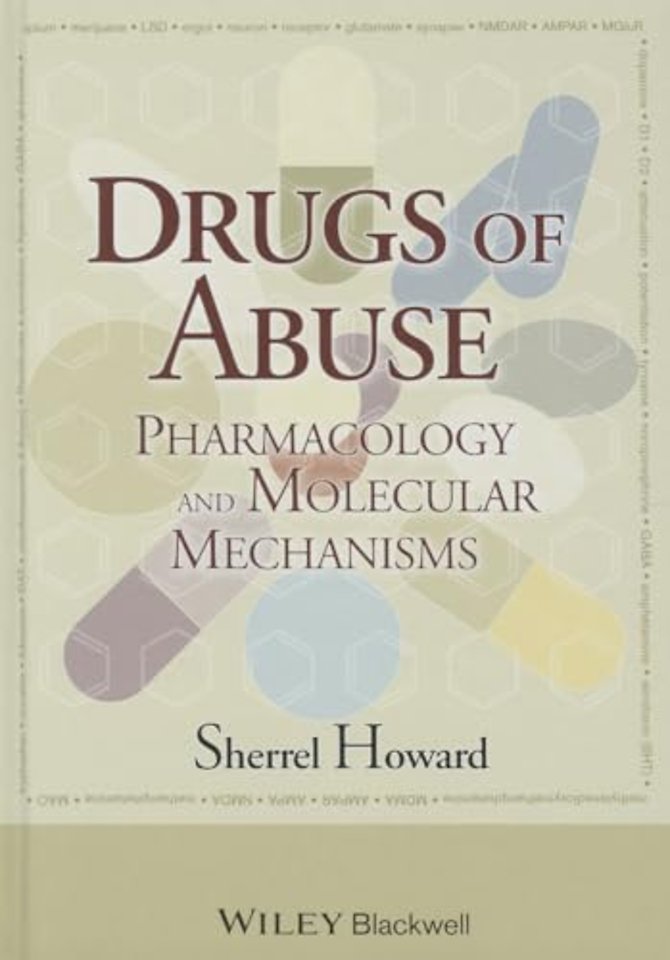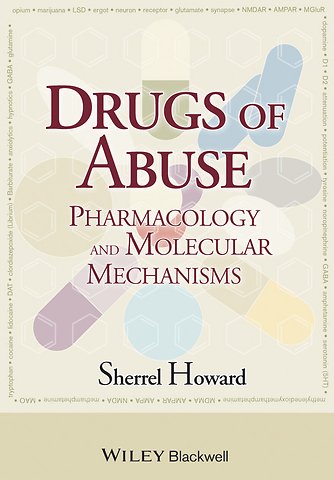Drugs of Abuse – Pharmacology and Molecular Mechanisms
Pharmacology and Molecular Mechanisms
Samenvatting
Introducing the basic principles of neuroscience and pharmacology,
The Pharmacology of Drugs of Abuse educates students on the chemical mechanisms and physiological effects of commonly abused drugs. Covering stimulants and depressants, chapters cover neurophysiology and neurochemistry as well as the cultural context and history of various classes of stimulants. Designed as a resource for undergraduate students majoring in neuroscience, physiological psychology, biology, physiology, and biochemistry, this valuable textbook presents up–to–date coverage of clinical neuroscience while educating students on the physiological and psychological effects of drug use.
Specificaties
Inhoudsopgave
<p>Preface xi</p>
<p>Acknowledgments xiii</p>
<p>1 Introduction 1</p>
<p>Part I Stimulants 13</p>
<p>2 Biochemistry of Neurotransmission 15</p>
<p>3 Amphetamine and Amphetamine Analogs 33</p>
<p>4 Cocaine 65</p>
<p>Part II Depressants, Sedative Hypnotics, and Anxiolytics 75</p>
<p>5 Benzodiazepines and Barbiturates 77</p>
<p>Part III Dissociative Anesthetics 93</p>
<p>6 Phencyclidine and Ketamine 95</p>
<p>7 Hydroxybutyrate 105</p>
<p>Part IV Analgesics 115</p>
<p>8 Morphine and Morphine Analogs 117<br /> Carlos Cepeda</p>
<p>Part V Hallucinogens 135</p>
<p>9 Lysergic Acid Diethylamide and Mescaline 137</p>
<p>10 Marijuana 153</p>
<p>11 Inhalants and Miscellaneous Drugs 167</p>
<p>Part VI Recovery and Relapse 181</p>
<p>12 Treatment of Substance Dependency 183<br /> Mark DeAntonio</p>
<p>Index 189</p>

